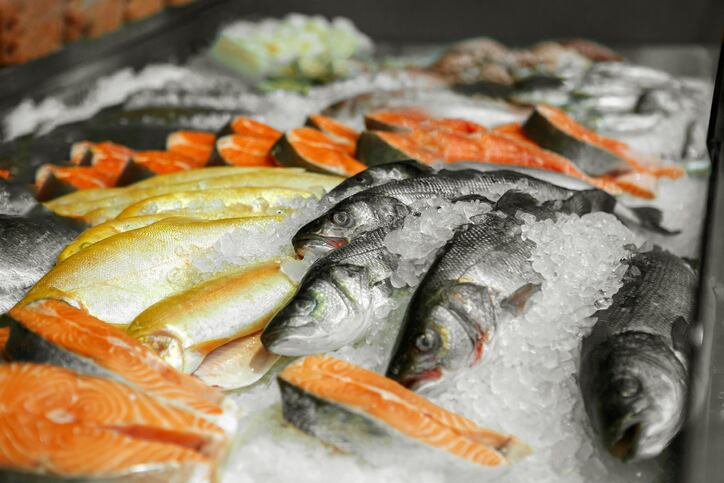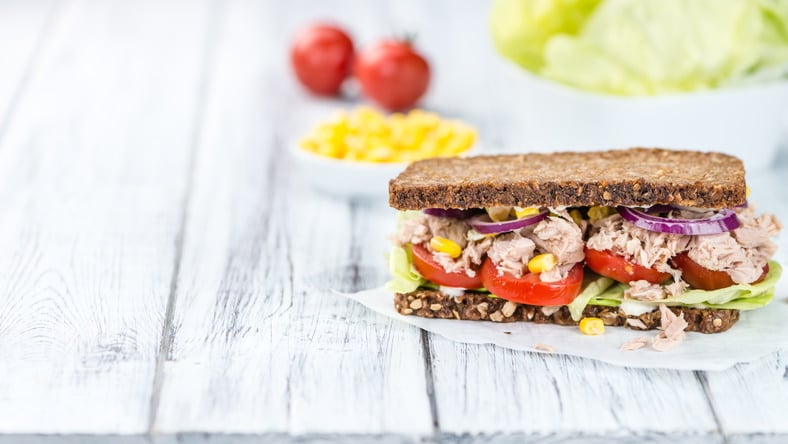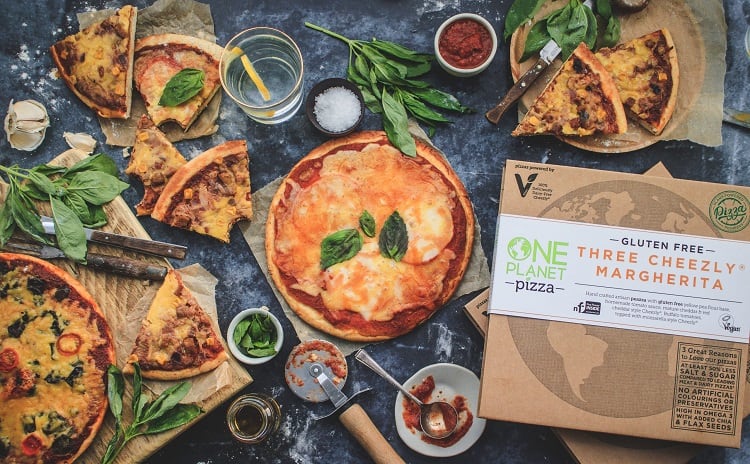After a slow start to the year amid the pandemic, m&a activity has since picked up: a trend he expects to continue next year, he told FoodNavigator.
“After the first lock down in the spring and the accompanied stock piling of essentials, food retailers are more likely to also stock newer, less known but innovative products and brands which they now know have robust supply chains and can deliver consistently high quality products.”
Activity will be driven by two consumer trends, he said – the desire for staple, pantry items, and also the desire for indulgence. These two ‘mega’ trends may appear counterintuitive, but they are both fuelled by the shifts in shopper behaviour amid the Covid lockdowns across the UK and Europe.
“On the one hand, staple foods with longer shelf lives are having a resurgence as consumers are increasingly cost conscious,” Kulcsar told us. “On the other hand, higher priced and indulgent products are also in demand as consumers treat themselves more regularly, especially whilst the food service sector remains partially closed. This is driving deal flow in areas such as longer-life packaged food and also more premium non-essential food products such as smoked salmon.”
He added that other trends relating to increasingly health-conscious consumers are expected to accelerate, with a focus on the vitamins and food supplements market.
“I'm bullish about next year because the first half of the year was very much dominated by companies looking inward at their own operations and ironing out any supply chains issues they have had as a result of the pandemic,” he said. Now, the m&a market is enjoying a concertina effect, with both trade buyers and private equities ‘flush with funds’ and are looking for ‘interesting players to invest in’.
Some of these ‘interesting’ players, what’s more, will be ones perhaps not traditionally viewed as particularly ‘interesting’. For example, staple food brands have improved their presence and gained the interest of investors during the pandemic. “These established or staple food categories are maybe slightly 'unsexy' when you compare them to the super attractive high-growth non-meat or plant-based food alternative businesses that are growing like weeds,” observed Kulcsar. “But I think staple, longer shelf life foods have returned quite strongly and there is a merit for those type of companies to continue to exist.”
Long-term shifts in consumer behaviour
Demand for these items among consumers is likely to ‘stick’ owing to the fact many that people have successfully adapted to working from home. Established brands need to continue to innovate to stay fresh and remain in the shopping basket of consumers once the food service is open again, noted Kulcsar. However, he added “there are going to be shifts in consumer patterns because we also know that working from home is viable indefinitely going forward, depending on the industry you're in. Many consumers are going to continue to work from home even when the world returns to the old normal.”
Proof that the health trend will also stick, meanwhile, can also be seen in the rising appetite among consumers for vitamins, minerals and supplements. “These have traded very well and that shows that consumers are extra concerned for their health, and one way to do it is by eating healthier. That can be pricey, but an easier and consistent way to do it is by taking supplements.”
Investors are also keen to see how companies adapt to another monumental shift in consumer behaviour witnessed this year: the move to online shopping and direct to consumer (D2C) purchasing.
“D2C has been one of the buzzwords of the year, and there's a lot of brainstorming going on within companies about whether they should establish their own D2C channel or whether they should focus rather on partnering with larger, more specialist online players.”
That's a hard decision for brands make to make owing to the huge costs involved. According to Kulcsar, for some established brands, such as dairy giant Parmalat (a household name in Italy) which plan to enter the D2C channel with a basket of products, the investment makes sense as they are ‘uniquely set up and have strong followers’. His advice to other brands looking at partnering with food retailers is to make sure they are ‘differentiated enough so that the consumers add them to their basket repeatedly’. Other niche brands with a narrow product offering, he added, will rightly come to the conclusion that's it's going to be too costly to invest in their own D2C channel.
Seafood sector ripe for m&a activity
Kulcsar identified the seafood sector, particularly in the UK and northern Europe, as another industry keenly being watched by trade buyers and private equities. “There are very interesting developments in that space because consumers are looking for tasty, healthy alternatives to meat proteins that they consume.”
Seafood and fish is one way to cater to that trend. He said the recent move by Alaska-based Sealaska, a North American seafood producer, which invests in businesses that are committed to improving the health of the world’s oceans, to purchase UK fish supplier New England Seafood is testament to the interesting players in this space that are “both innovative but also growing very nicely”.
He gave some final advice for small brands looking for merger opportunities. “There's lots of choice out there for the food retailers, so you need to make sure you have a reason to exist and be put on the shelves.
“Depending on the sector you occupy, if you're differentiated enough, if you have a unique story to tell then consumers are going to purchase your products.”





